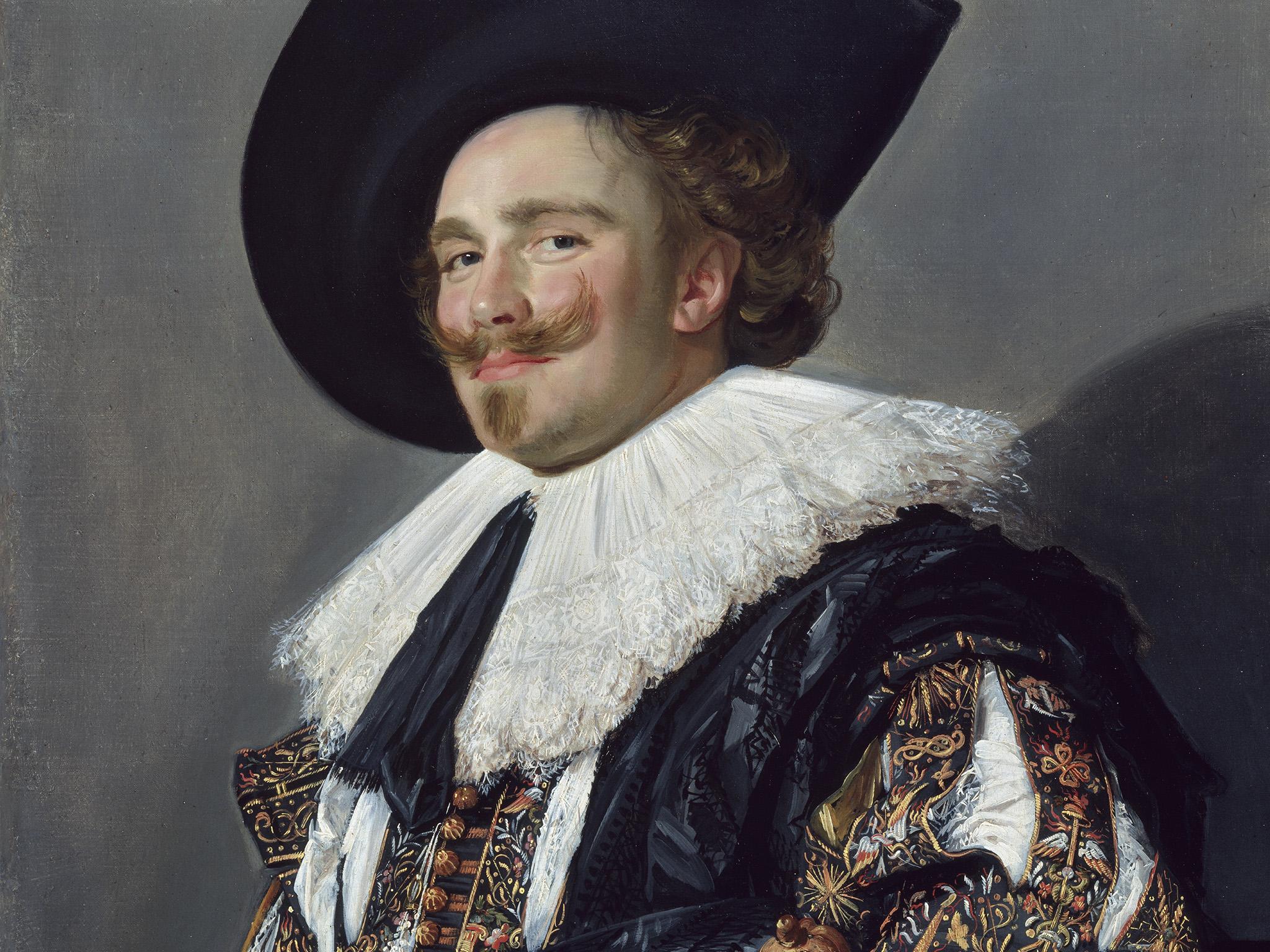Why is the Laughing Cavalier, who is neither a cavalier nor laughing, looking so pleased with himself?
For anyone brought up on Monet and Picasso, the Wallace Collection, with works that date largely from before the French Revolution, comes as a bit of a shock, finds Andy Martin

What is the meaning of a sausage? Until the other day, I had no idea that a sausage even had any meaning (unless, that is, you happen to be ravenously hungry). Imagine the surprise, therefore, of the conservators in London who, back in 1983, were sprucing up a classic painting by the 17th-century Dutch master Jan Steen, when they discovered a lost sausage. Or rather not so much lost as “disappeared”.
You can see that painting, Celebrating the Birth, in all its domestic glory, in the wonderful Wallace Collection in Manchester Square, just off Oxford Street. But prior to 1983 you would not have seen the sausage, or indeed the hand of the long-haired artist himself, about to go out of the door at the back of the kitchen, holding two fingers over the head of the babe. Painting “cleaners” (or conservators) are sometimes like detectives carefully inspecting the scene of a crime. In this case their research took them back to the Victorian period when the works of Shakespeare could be re-written for the purpose of making more of a happy ending – and when the statue of a naked David in the V&A could have a fig-leaf applied to the relevant parts on the occasion of a visit from Queen Victoria.
Probably sometime in the 1850s, a skilful painter had been employed to paint over (rather as you might use software today to remove undesirable elements from your favourite holiday snap) the offending sausage and the two-fingered salute – originally dating from 1664 (the year is spelt out in the painting itself). But what was the big deal about the sausage anyway? How could hypersensitive Victorian morality be offended by the depiction thereof?
Subscribe to Independent Premium to bookmark this article
Want to bookmark your favourite articles and stories to read or reference later? Start your Independent Premium subscription today.
Join our commenting forum
Join thought-provoking conversations, follow other Independent readers and see their replies